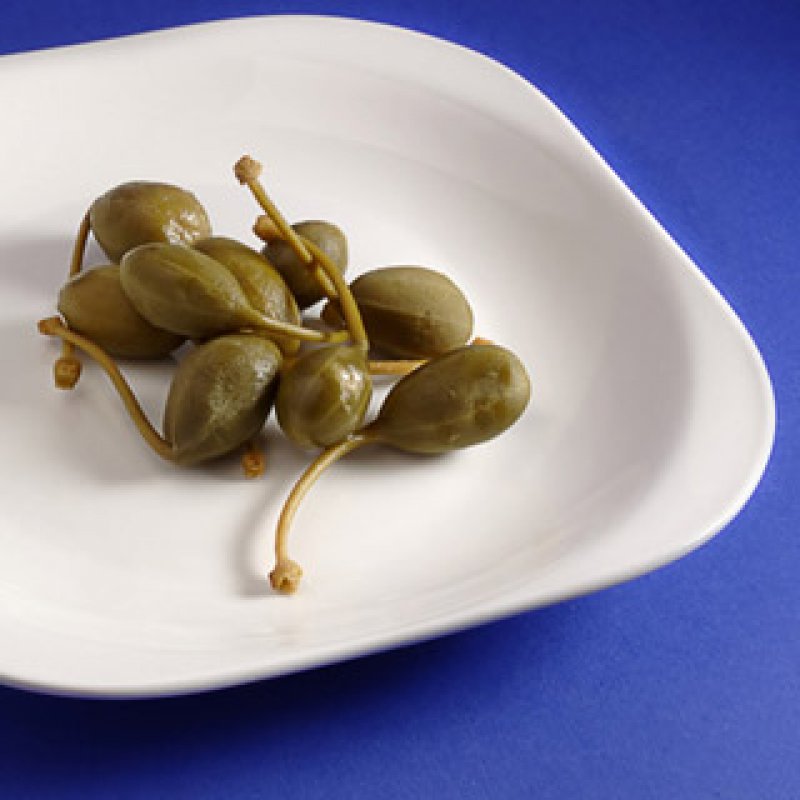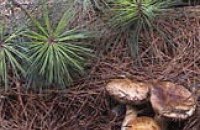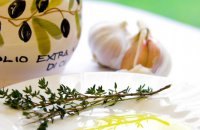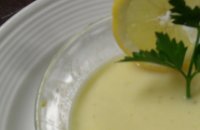In late spring and early summer, capers can be found crawling over almost every Greek island, but they predominantly flourish within the sparse, dry climate of the
You can see them everywhere, sprouting from rocks and walls, flowering along the road, always there for the plucking. You can spot them drying on the low-lying rooftops of peasant homes in places like Santorini. You can sample their distinct taste in numerous dishes throughout Greece.
In fact, capers are one of the culinary delights of the Mediterranean, found from
The puckish flavor- tart while bitter- develops only after they are pickled, for only with the advent of brine does the capric acid develop, which is what gives them their characteristic taste. Interestingly,
Capers are picked at several stages. The most cherished part of the plant is its buds, which need to be collected before they start to open. This is tedious, arduous work, and the harvest needs to be taken care of speedily, usually once a day throughout the late spring and early summer, because the buds open so rapidly.
Quality is generally ranked according size: the smaller, the better. It is no surprise that tiny French non pareilles are among the most sought-after capers in the
In
Greeks also enjoy the fruit of the caper plant- the savory yield that is left behind once the plant's buds have opened and flowered. These oblong plump capers look a little bit like grapes and have a pleasantly coarse, slightly fibrous texture. They, too are pickled.
In
The tiny berries are most commonly cooked with fish, especially salt cod. Sometimes they are made into fritters, a regional specialty of the
How To Pickle Capers
Capers need to be soaked and rinsed before the pickling process begins. Leave them overnight in a large bowl of cold water and drain the next day.
In a large pot, bring to a boil:
1 quart (approx. 1 litre) of red wine vinegar
- 2 tablespoons of salt
- ½ teaspoon of fresh whole black peppercorns
Reduce heat and simmer for three minutes. Remove the vinegar from the heat and let cool. Place the strained capers in a clean mason jar and pour the vinegar over them. Seal and store for at least three months before using.


































































